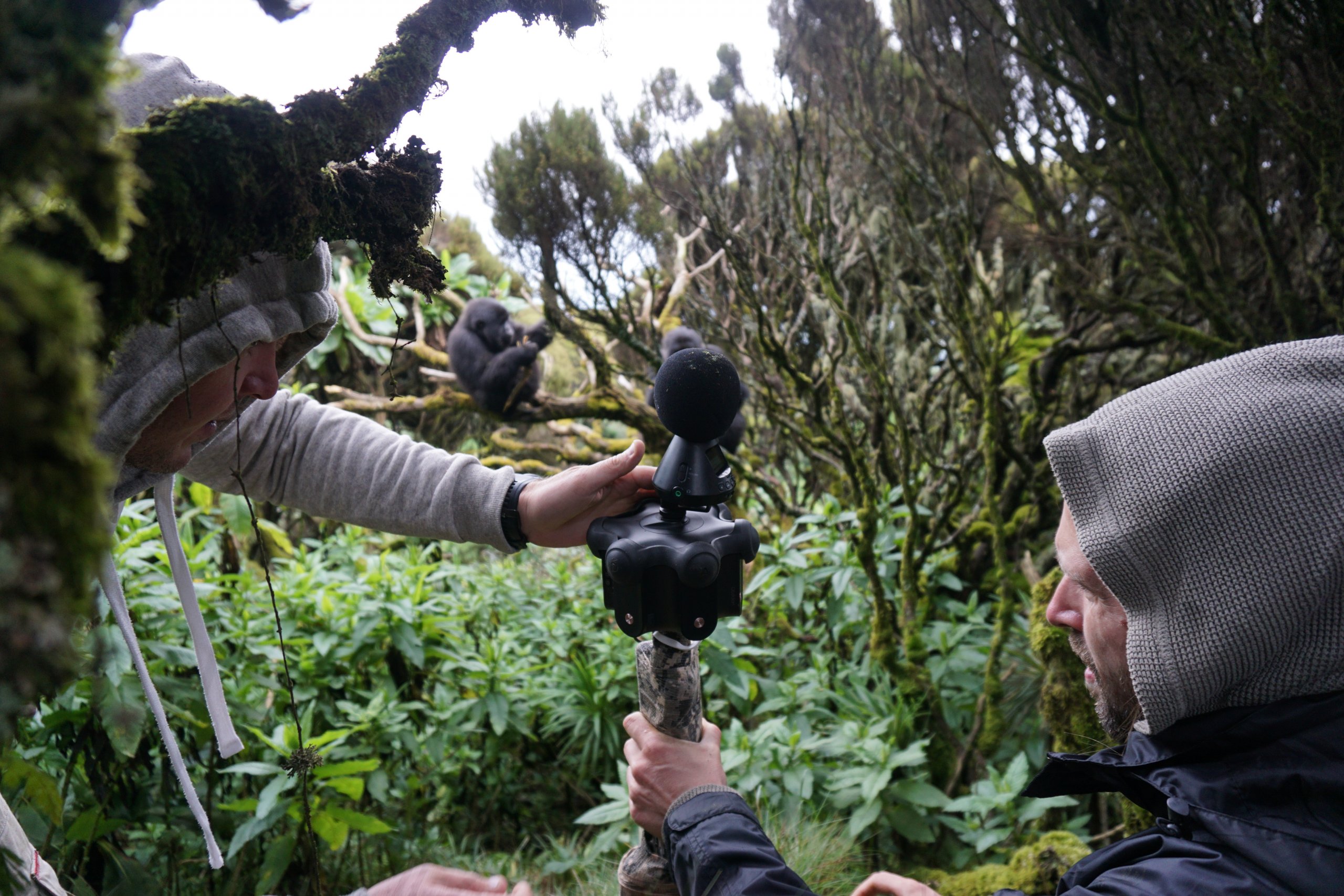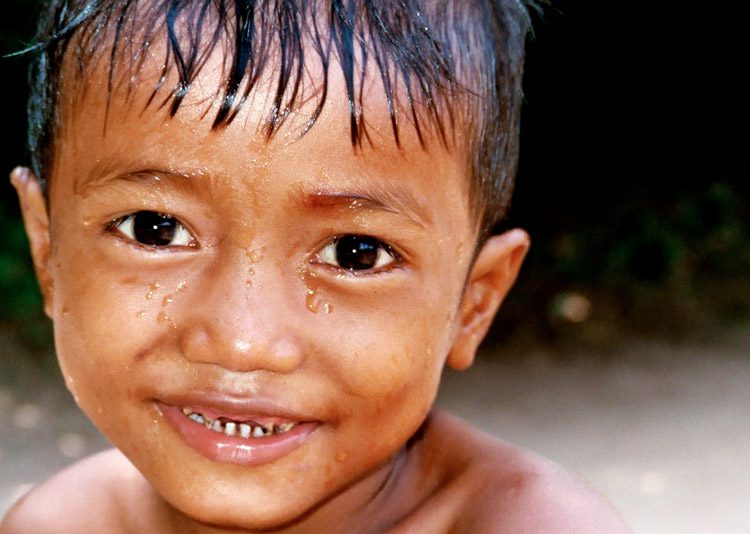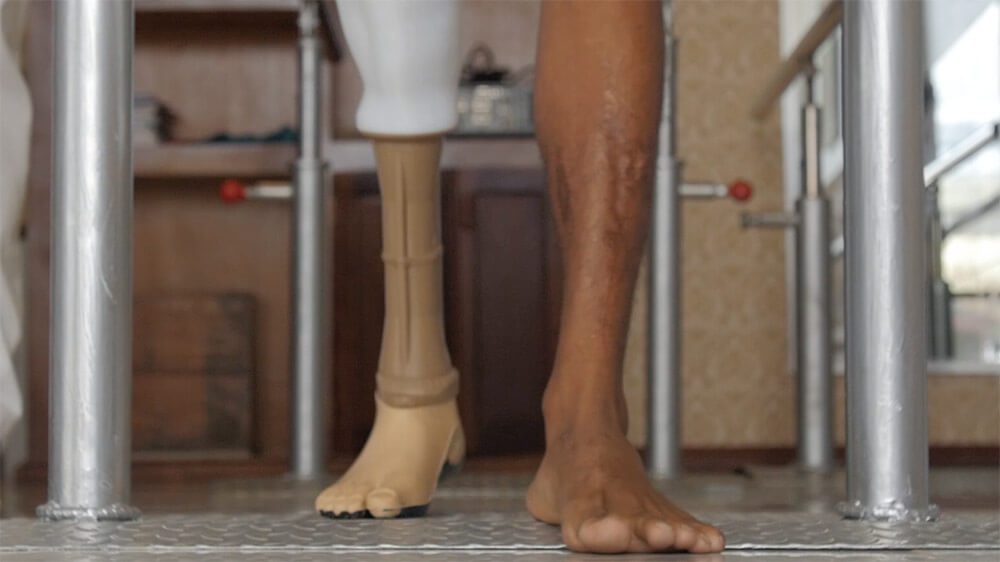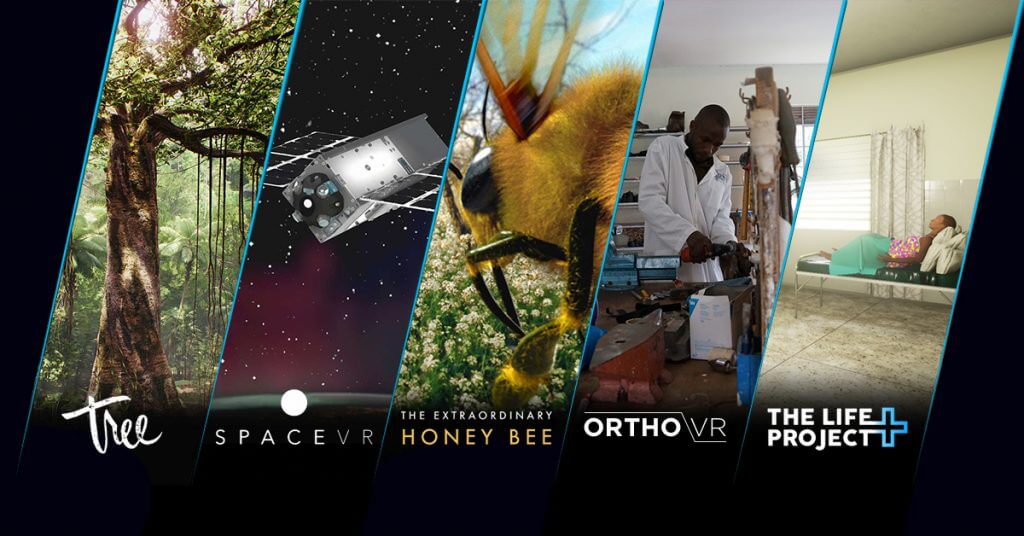Schlagwort: vr for impact
-

Protecting Gorillas Through the Power of VR
Reading Time: 6 minutesThe Ellen Fund Presents: Gorillas in VR is a beautifully ambient experience with spatial audio allowing people to spend a few intimate moments with wild critically-endangered mountain gorillas in the volcanic jungles of northern Rwanda. Produced by award-winning immersive studio Habitat XR, the experience was a collaboration between famed talk show host…
-

VR For Impact: Accused #2 Walter Sisulu
Reading Time: 6 minutes[youtube https://www.youtube.com/watch?v=videoseries?list=PL1JC6N9u4ERhTB72N0hXAEXua0sEBCPU_&w=730&h=411] Below, the creative team from La Générale de Production talks about the making of this powerful experience… What was the inspiration for tackling this subject in such a way? Jeremy Pouilloux: There are no images of the trial. At the time, the trial was carefully recorded on Dictabelts, a now-obsolete…
-

HTC VIVE and New Reality Launch “Tree” on VIVEPORT to Fight Deforestation and Climate Change
Reading Time: 3 minutesGlobal Leaders Experience the “VR for Impact” Title at the World Economic Forum Annual Meeting in Davos, Switzerland HTC VIVE’s “VR for Impact” initiative and New Reality Company today announced that the critically acclaimed virtual reality experience, Tree, is set to launch on Viveport on January 24th. The immersive VR project is…
-

How VR can help in the fight to prevent human trafficking
Reading Time: 11 minutesMuch has been said about the potential for virtual reality to be an ‘empathy machine’, to grant understanding of situations and emotions that might be hard to realize in other mediums. The non-profit Prevent Human Trafficking is using 360 videos and VR to help people understand the very real problem of human…





